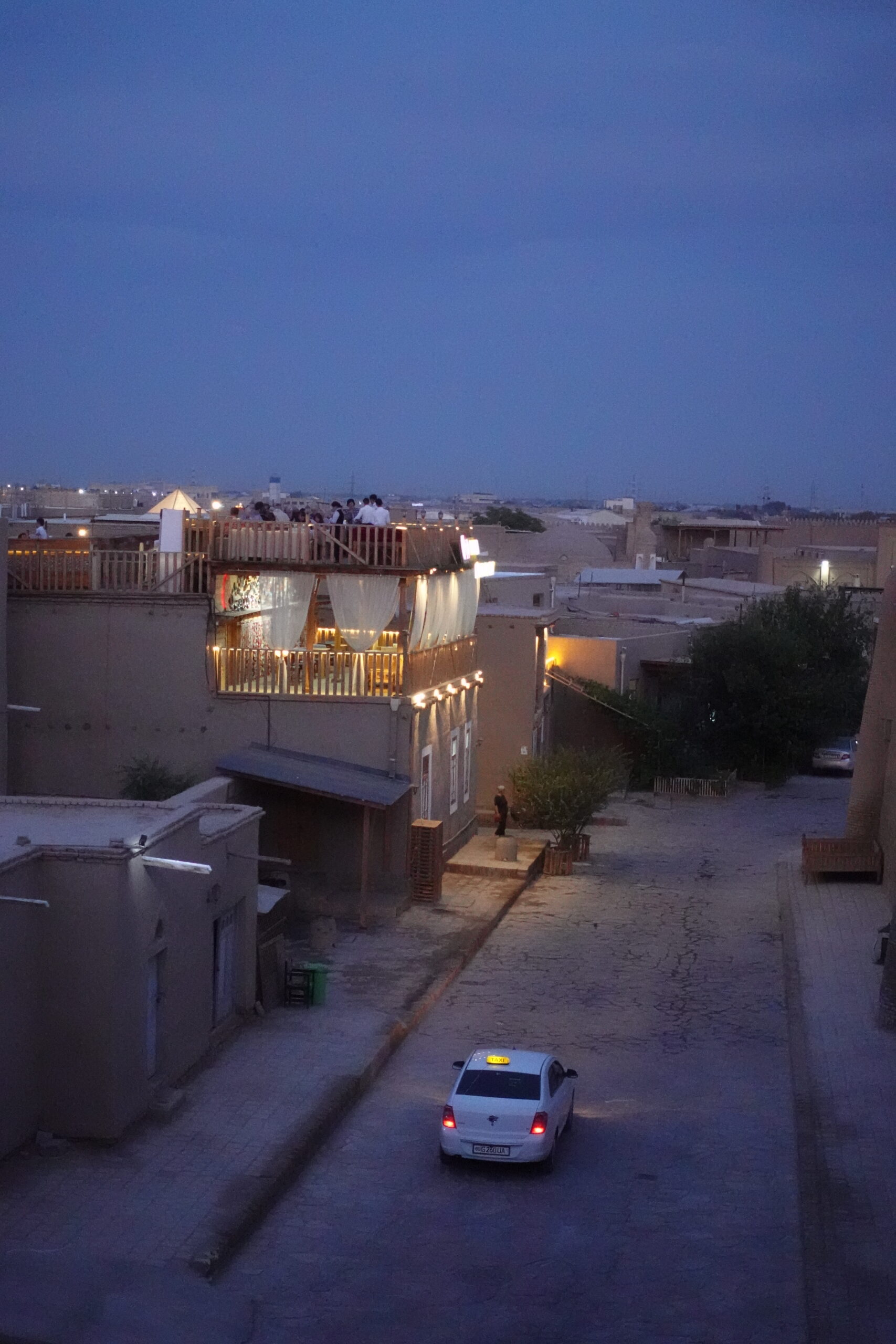It is 5am and I’m writing this from the McDonalds at Terminal 1, Frantkfurt Airport. Sleep deprivation might deteriorate the writing quality. If you don’t notice any difference, what does that say about my writing?
Today is 4th of October, 2035. Yesterday, I hosted a little birthday party with some friends with home cooked food and a home baked cake. I think that suffices for the grand 40th birthday.
It feels like yesterday that the year 2025 started, with my friends and I having the frequent discussion about turning 30 this year, the plans for the birthday celebration and how life constantly feels like running from one worry to the other. We ask ourselves, does this end, or is this the constant day in and day out that the adults spoke about?
In 2025, the world felt like it was changing on a daily basis. Life an era with compressed historical events happening everyday. Was it an abnormality? A post pandemic world with inflation, polarization and fascist leaders getting elected into positions of power. Was it really an abnormality, or were we just paying more attention to the state of affairs in the world for the first time?
It was hard to tell. All we knew was, it was overwhelming and exhausting. The world was falling apart, but some Google Sheet had a comment that I was overdue on, and I also forgot to update the Jira ticket after I addressed the Google Sheet comment.
But it wasn’t all grim, of course. We were very privileged and we recognized it even back then. There were multiple wars across the world with innocent people, children, dying on a daily basis. But our personal worries were limited to visas, work stuff or family drama. I was even working a good job, making enough money and checking many of my boyhood dream list. I often felt guilty to be living in as much privilege as I did, especially given the general state of affairs.
In 2025, I was hopeful and optimistic. I was less optimistic than I was before, but deep down I still believed that people are generally kind and will choose to behave as such when given a choice. Few are inherently evil and malicious, but these few control the systems of oppression that force humanity to behave in non-humane ways.
Over the next 10 years since 2025, the world has become a kinder place. Part of the reason for this change is the collective realization that our outrage at the state of our world must be directed upwards, towards the systems of oppression and power, and the class of people which controls them.
Our outrage should’ve never been directed towards people of a different ethnic, religious or national identity as ours. It wasn’t the poor immigrant working their hectic minimum wage job who stole our dream at buying our own house. It was corporate greed. The people sipping through their plastic straws didn’t cause the planet to become sick. It was corporate greed. The homeless stayed homeless and the ill couldn’t get the healthcare they needed while people in power, and systems of oppression that enabled them made weapons of mass destruction and sponsored proxy wars. The single mother stealing diapers at the convenient store was never the problem. The society that failed to provide her some cushion as she raised the very society’s next generation was.
Personally, I’m glad I live close to my friends and family now. In 2025, many of my conversations with my friends and family used to be about doing this when we meet, planning trips together, cooking for each other and just generally spending more time in the same physical space. Today, in 2035, it is part of my reality.
I have a career that’s more aligned with my morals. Thanks to that, I’m more ambitions today than I was in 2025. I’m also happy and believe I’m living a life that’s not just meaningful to me, but adds value to the lives of the fellow life forms around me.
Life’s good, and I hope it gets better for me and the ones around me in the decade in front of me. Ten years ago I was 30. Ten years from now I’ll be 50. Life isn’t all that long, come to think of it. But if that realization comes around the right time, maybe then it is long enough.
Thank you for reading!










